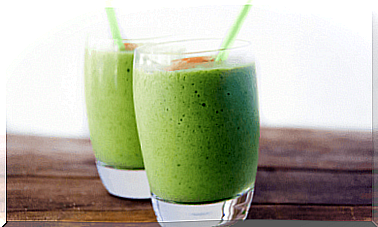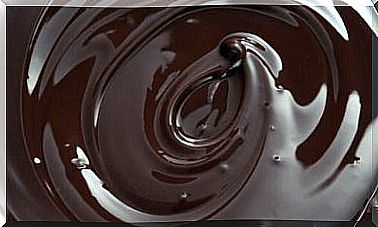Properties Of Capsaicin, Present In Hot Pepper
Capsaicin is the main active compound in hot peppers, also known as ajís. Although it is responsible for giving that particular spicy flavor, it also stands out for its health properties.
In fact, thanks to its ability to promote the relief of some ailments and diseases, in recent years it has been the focus of important scientific research.
Even the pharmaceutical industry has been included as a component of some treatments for pain. Next, we review in detail its main properties.
Medicinal properties of capsaicin
Capsaicin is found in various foods. It belongs to a family of molecules called vanilloids and stands out mainly for its analgesic properties. It is an extract of chili peppers of the genus Capsicum , which was isolated for the first time in 1816 by Christian Bucholz.
Currently, it is administered through low-concentration topical creams, patches, intradermal and subcutaneous injections, and oral formulations. Likewise, it is included in intravenous injections, liposomes, microemulsions, among others. What are its applications?
Supports osteoarthritis pain relief
Due to its analgesic effect, the topical application of capsaicin products helps relieve pain caused by conditions such as osteoarthritis.
This is supported by a study published through Rheumatology Clinica , which determined that, compared to placebo, topical capsaicin has a good safety and efficacy profile in reducing osteoarthritis pain in the hand, knee, hip or shoulder.
Promotes cardiovascular and metabolic health
Recent research published by Open Heart Journal , found that capsaicin is a phytochemical that has the potential to modulate metabolism and improve cardiovascular health.
According to the publication, studies carried out in rodents allowed observing that diets rich in capsaicin produce favorable effects in the control of problems such as:
- Atherosclerosis
- Metabolic syndrome
- Diabetes
- The obesity
- Nonalcoholic fatty liver
- Cardiac hypertrophy
- The hypertension
- The risk of stroke
However, it must be borne in mind that human studies are still limited. Therefore, more clinical investigation with capsaicin is necessary to determine the tolerable dose in patients and to observe its effects.
Supports obesity treatment
Although this has a lot to do with the properties mentioned in the previous section, it is important to highlight it in a special way. Clinically, ingestion of capsaicin has been shown to moderately increase metabolic rate.
An investigation published in Bioscience Reports , concluded that capsaicin plays a fundamental role in humans and has multiple benefits for metabolic health, especially for weight loss in obese people.
According to this publication, this substance, present in hot peppers, favors the reduction of excess weight without causing side effects of care.
Other properties of capsaicin

In addition to the aforementioned properties, capsaicin produces another series of effects that could be key to improving health in many aspects. As compiled by a study published in Molecules, it is a substance with analgesic, anti-obesity, anti-inflammatory, antioxidant and neuroprotective properties.
Specifically, and coinciding with the data from this study, it could help combat the following conditions:
- Neuropathic pain
- Musculoskeletal pain
- Inflammatory bowel disease (IBD)
- Migraine
- Cardiovascular diseases
- Dermatological disorders
Capsaicin-containing foods
The foods that contain the highest amount of capsaicin are hot peppers and ginger. Keep in mind that the more it chops a pepper, chili or chili, the higher concentration of capsaicin it has.
Let’s not forget that the ideal is that these foods are consumed raw, because that way all their properties are preserved.
- Chili peppers : They are the most potent and well-known source of capsaicin, and some have the highest scores on the Scoville spiciness scale, such as jalapeños or habaneros.
- Tabasco : this commercial sauce is made with hot peppers of the Tabasco variety, from the Mexican state of the same name, adding vinegar and salt. A few drops in your food, a party on your tongue.
- Cumin : although it is much less spicy than the previous ones, it contains capsaicin and can give a great flavor to your legumes, as well as being the main ingredient in Canarian mojo.
Important!
Although studies support many of the properties of capsaicin, it is important to note that the substance itself is not a cure for the aforementioned health problems. Thus, it should not replace the medical treatment that is prescribed for them.
On the other hand, it should not be overlooked that it is not exempt from producing side effects. Both its topical application and its intake can trigger allergic reactions, nausea, vomiting, throat irritation, among others.








